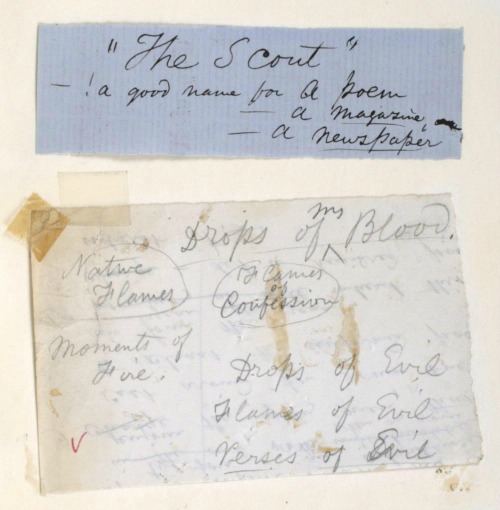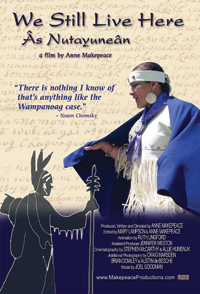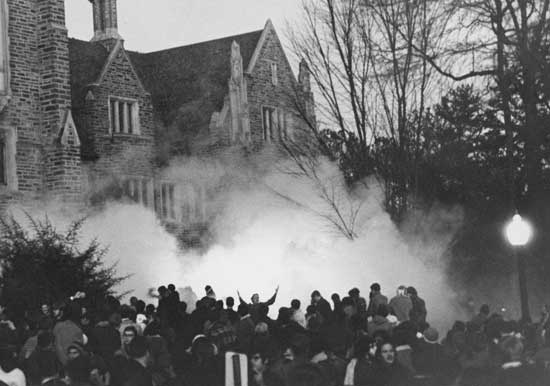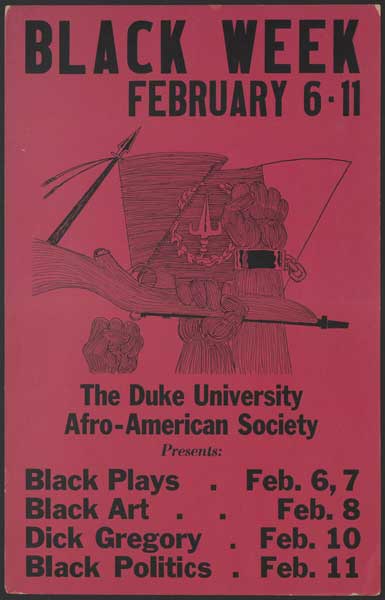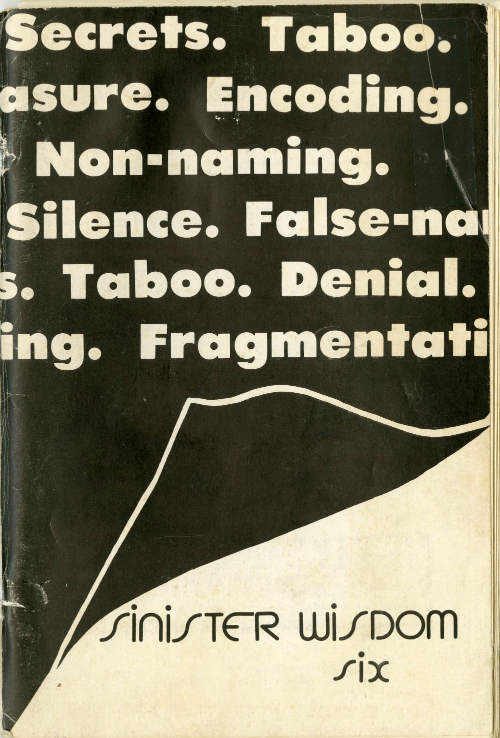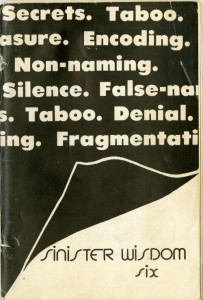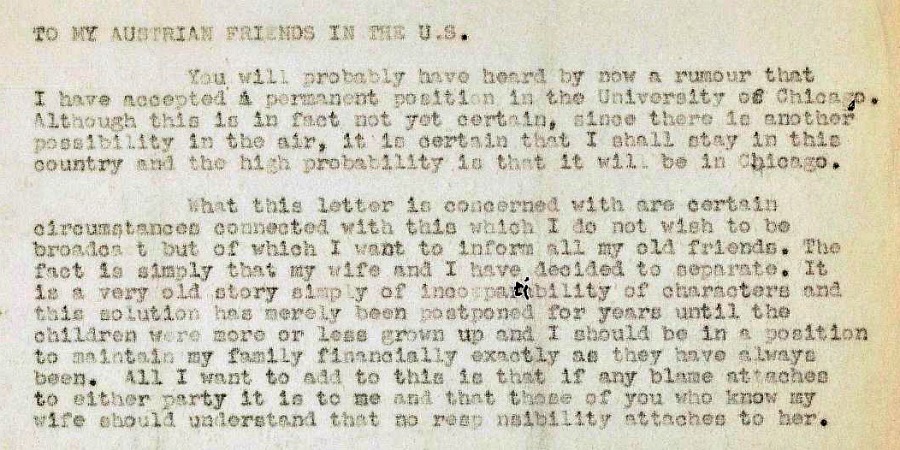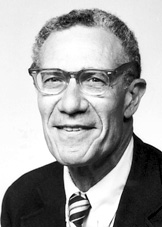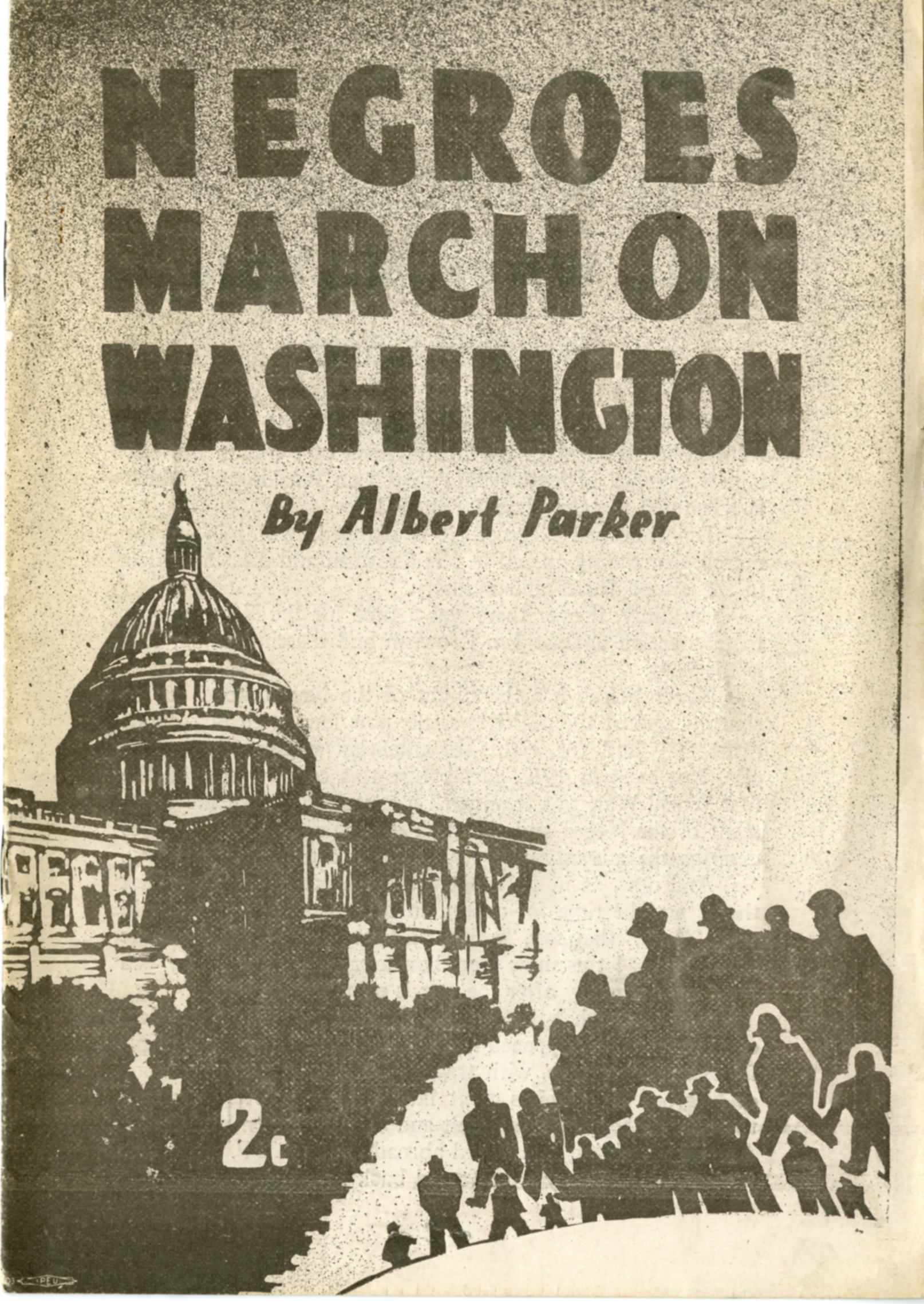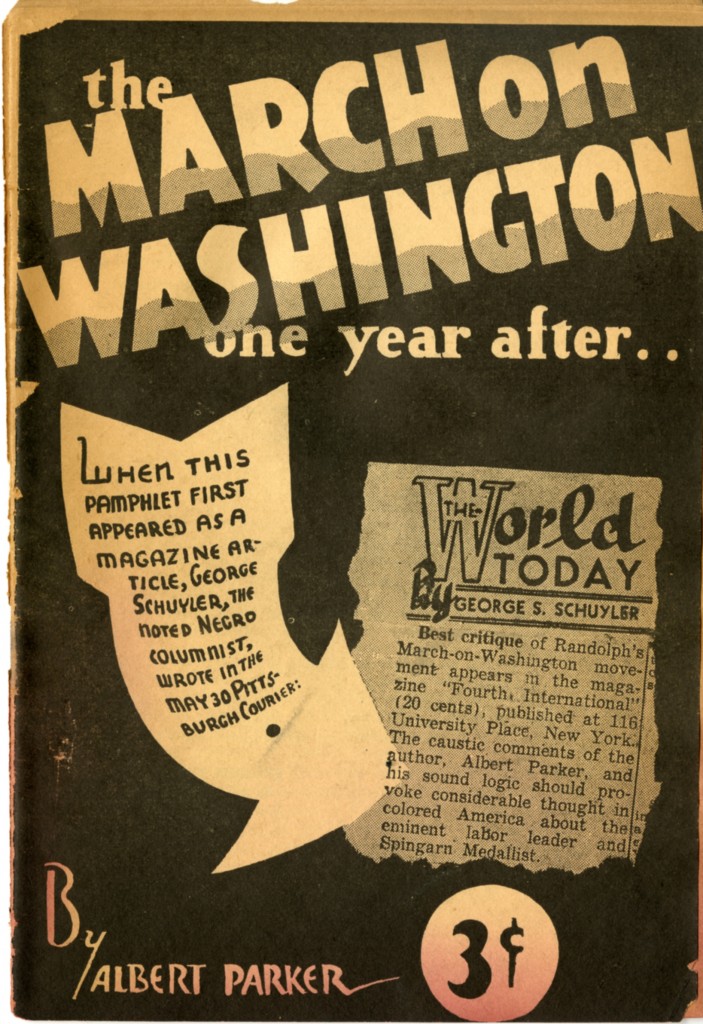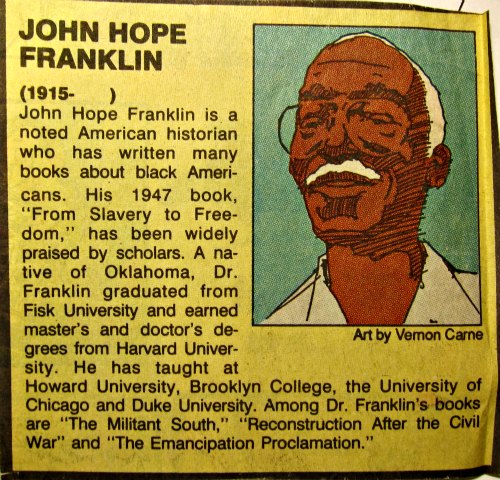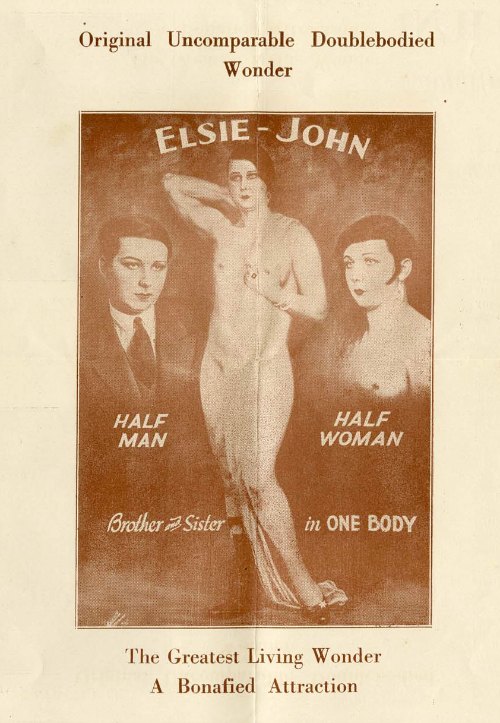Recently our next-door neighbors in the Digital Production Center (DPC) had a large project digitizing volumes of Walt Whitman manuscript material from the Trent Collection of Whitmaniana. The digital images are headed for the online Walt Whitman Archive, in part for a digitized collection of Whitman’s marginalia, the notations that he made in and about books and articles he read.
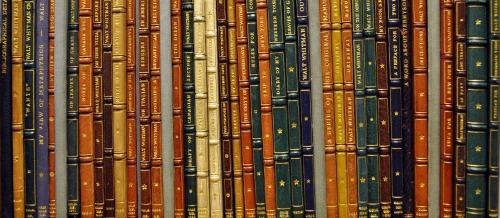
Many of the items were small paper scraps mounted in beautifully bound albums, but the manner in which each item was adhered to the page made it impossible to see what was on the back. Some of the manuscript notes had been damaged by readers trying to lift them, even if they were blank on the reverse. It was decided that conservation would remove the items from their pages to allow them to be digitized front and back, and then we would reattach them to the album pages in a safer manner.
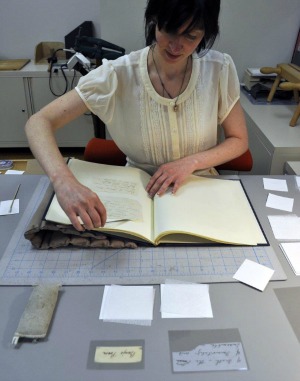
I worked on this project with Rachel Penniman, the newest member of our conservation team, and I collaborated with Alex Marsh in DPC. For this project, Alex scanned 470 pages of material, many with multiple items glued to the pages. Will Hansen, Assistant Curator of Collections in the Rubenstein Library, identified 103 items in 21 albums or boxes to be lifted from their pages.
Rachel and I used moisture to soften the adhesive, being careful to avoid damage to any of the inks. A few items were found to be too risky for removal because of sensitive inks or insoluble adhesive, but for the most part we were successful.
We enjoyed reading the items as we worked on them. Many appeared to be Whitman’s notes on themes for poems and little reminders to himself, some with drafts of lines and corrections, and others simply ideas with no elaboration. Our favorite said simply “Banjo poem.” (Did he ever write his proposed banjo poem?)
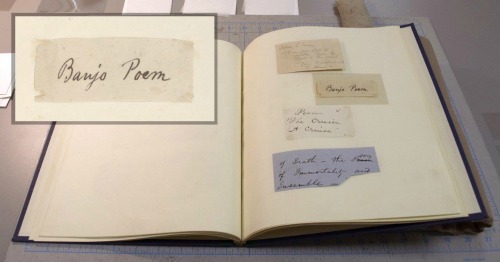 After Alex digitized all the loose items in DPC, they came back to conservation to be reattached to their pages. Instead of adhering the items at the corners again, I hinged them with Japanese paper to allow them to be lifted safely by readers who want to see the backs.
After Alex digitized all the loose items in DPC, they came back to conservation to be reattached to their pages. Instead of adhering the items at the corners again, I hinged them with Japanese paper to allow them to be lifted safely by readers who want to see the backs.
Post contributed by Grace White, Conservator for Special Collections, as part of our ongoing “In the Conservation Lab” series.



